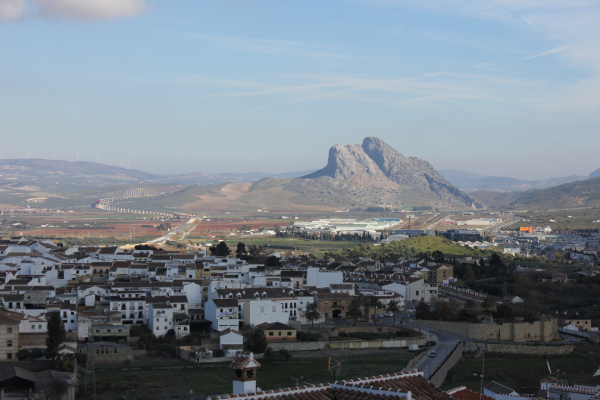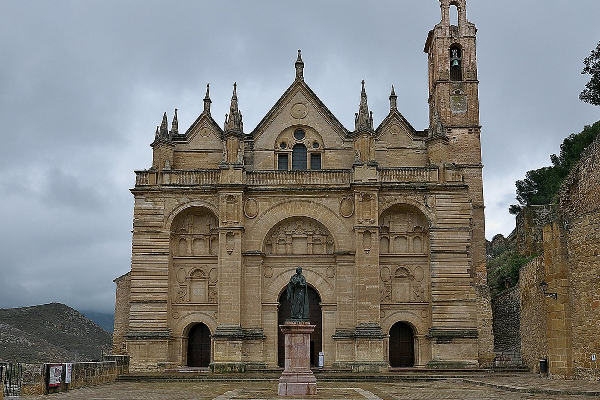Latin municipalities such as Antikaria, Singilia Barba, Oscua or Aratispi and more than 150 villages are the testimony of an intense process of Romanization of these lands. The Ephebe of Antequera, cataloged as the most beautiful piece of classical times of our country, comes from one of these archaeological sites and is exhibited in the Museum of the City of Antequera (MVCA).
With the arrival of the Arabs an important nucleus is consolidated, called Madina Antaquira, since the mid-thirteenth century, once Seville and Jaén were conquered, it begins to have importance as a border military fortress. The Castilian monarchs understood its condition as the key to the kingdom of Granada and as such tried to conquer it at different times. Finally it would be the Infante Don Fernando “el de Antequera” who conquered it, on September 16, 1410.
The foundation of the Collegiate Church of Santa María la Mayor would have a great importance for cultural life with the Chair of Grammar and Latinity through which passed, among others, Juan de Vilches, Pedro Espinosa, Cristobalina Fernández de Alarcón, who led to the gestation of the Antequerano Poetic Group of mannerism and baroque.
The artistic Antequera is accumulating a rich heritage. In this period the parishes of San Sebastián, San Juan Bautista and San Pedro, San Isidro and Santa María de la Esperanza were built. The religious orders also begin to found in Antequera the convents of San Zoilo, San Agustín, El Carmen, la Encarnación, along with religious constructions are also appearing important civil buildings, such as, Arch of the Giants, Temple of the Castle of Papabellotas, House of the Cabildo of the Plaza Alta, etc.
The Antequera of the eighteenth century, artistically, is that of the churches of white and curly plasterwork, the brick exteriors and the highly decorated interiors; urban redevelopments; that of the Brotherhoods and devotions to very specific images. The churches of Victoria, Las Descalzas, Santa Catalina, Madre de Dios, Santa Eufemia, Santiago, Santa Clara, La Caridad, la Escuela de Cristo, San Miguel, etc. are now being built. Nor can we forget the importance of the silversmiths from Antequera, who in this century are grouped around the Brotherhood of San Eloy.
There is a popular architecture of peculiar characteristics, being also built by the Antequera nobility palaces and mansions of great beauty. Some of them are: the palace of the Marquis of Villadarias, the Count of Pinofiel, the Count of Colchado, the Count of Valdellano, the Baron of Sabasona, etc.
In the nineteenth century, despite a demographic decline, the recovery began, with the consequent increase in the number of inhabitants and the significant reactivation suffered by economic activities. The bourgeoisie will take the initiative of a considerable industrial activity, starting from the artisanal activities, especially the wool textile.
The twentieth century begins in Antequera, with an unbalanced property structure, a primary sector of extensive character and progressively specialized in cereal and olive cultivation, and we are witnessing the gradual deterioration of the industrial sector, only recovered in the 70s and 80s.
In the XXI century there is a strong and progressive increase in tourist activity, based on the privileged geographical location, enhanced by the multimodal transport network that places Antequera at the epicenter of any operation of communications infrastructures in Southern Europe, together with the dedication of years in the conservation of the historical-artistic heritage, expressed in the launch of the Museum of the City.


